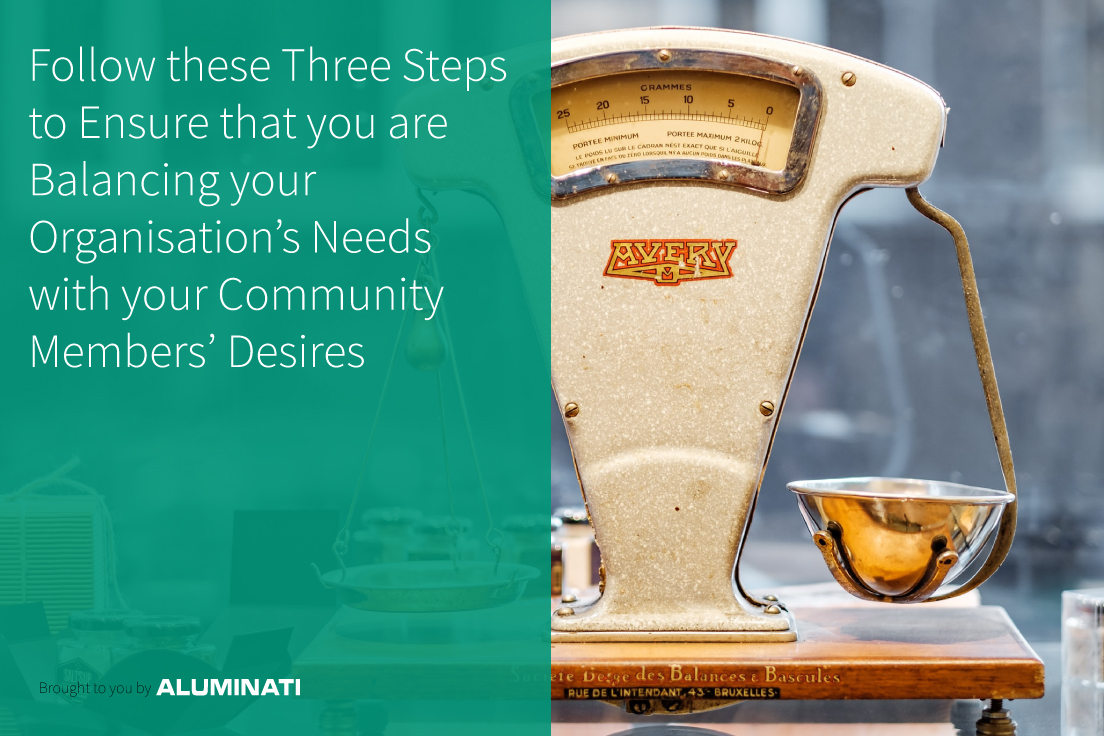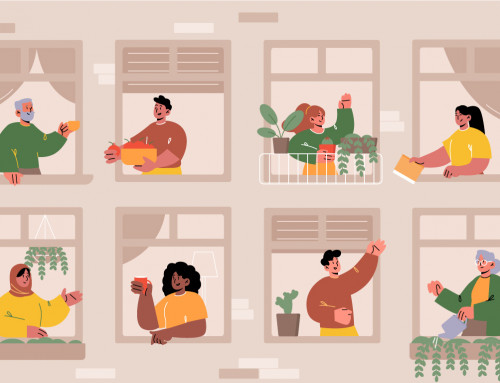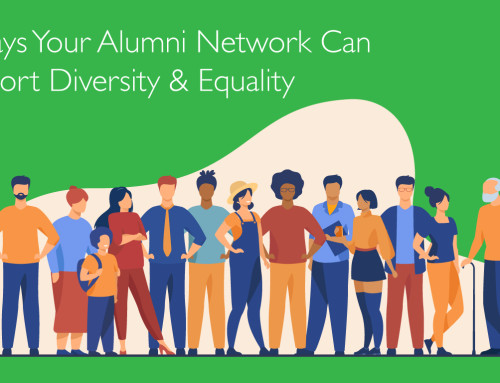Some of the things that are most true in life sound alarmingly cliché, and it’s no different when it comes to community building: it’s all about finding the right balance.
Subscribe to receive updates when we publish new and interesting content.
There are plenty of elements of community building and nurturing which require a thoughtful and skilful balancing act on the part of the community manager. These include: But there’s one more balancing act that is crucial to consider, as it can really make or break whether any organisation’s community (whether in enterprise, education, or membership-based spheres) will succeed: achieving the organisation’s goals while building for your community members’ desires. In a perfect world, these two groupsets would overlap entirely and no one would need to worry about finding the right balance. But, in reality, this is a balancing act that has to be carefully and skillfully designed for. We like to break it down into three simple steps. (Okay, just “three steps.” Because all of us in the business of community-building know that these aren’t actually all that simple.) Step one: Articulate the Goals and Objectives of your Organisation More and more companies are realising that there is real value in building a strong community (for either their customers, employees, alumni, or other stakeholders). (If you’re wondering what a community is and why it matters for your organisation, read our series about why community matters). This instinct to build a community is almost certainly a good one, but you need to first pause and ask yourself and your team members: why are we doing this? What does our team, and our organisation more broadly, want to get out of launching this community? Now, keep in mind that this can (and even should) be a question that you ask and re-ask yourself throughout the community’s life cycle, because some of those answers will change as both your organisation and your community changes. (FYI: That’s why it’s so important to use a community management platform that is easy to adapt to your organisation’s needs. It’s why we at Aluminati prioritise flexibility and malleability in our platform.) No matter which stage your community is at, make sure that you are able to answer this question: what are the key goals and objectives of your organisation? An Organisation’s Key Goals Depending on your organisation, you are likely going to prioritise some (or all) of the following: Make sure that you hone in on the goals that are most applicable to your organisation, and then begin to map out how you envision a strong community will enable you to reach those goals. Step two: Articulate the Needs and Desires of your Community Members There are actually a lot of micro-steps embedded into this second step. Understanding your members doesn’t happen overnight, and it’s unlikely that you are going to be able to gain a deep understanding if you rely purely on your and your team’s concept of what it is that your members want. You are not your members, and figuratively stepping into their shoes to see the world from their perspective takes immense empathy, time, and effort. Thankfully, human-centred design offers concepts and toolkits to think through this one: you can start by breaking down your key community members into “personas” as a way to understand the ways that they are different from each other. Once you’ve begun to think of different personas, you can create a journey map for each persona in order to understand the processes that each person goes through as they choose to act, and then act, with other members of your community. But the most important thing to do is to understand what it is that each type of person actually wants from the community you are offering to them. What drives their decisions? What will compel them to engage with your community and to remain as an active participant? Use human-centered design methods to understand your members The best way to gain this type of understanding is to conduct qualitative research with your community members, which can take the form of interviews, surveys/questionnaires, focus groups, diary studies, or other methods. It’s best when this kind of research is done by someone trained in ethnographic methods, because it isn’t just about sending out a survey or asking some questions. You can only get accurate results once you’ve crafted the research in a way that allows your members to truly open up, AND when you are capable of using the skill of empathy to deeply listen to what people are telling you (and even to notice/hear what they are not saying!) If you’re not sure how to conduct human-centered design research to truly understand your members’ needs, we have in-house experts who can help get you started. Your Community Members Needs and Wants Depending on your community, your members will likely need or want some (or all) of the following: Make sure that you hone in on the ones that are most applicable to your community members, and then begin to map out how each of those can be experienced by your members when they participate in your community. Importantly, not all communities are the same, and so you cannot simply replicate what other companies are doing for their communities. You need to understand what your community needs. Step three: Find the balance To be fair, it’s less about “finding” the balance and more about “creating” the balance. As I said above, not all communities are the same. Nor are all organisations the same. Therefore, the combination of your unique organisation and your unique community requires a uniquely crafted solution for things to really work for you. Remember: you should not expect to find an “overlap” and it is thus perfectly normal to not notice any natural overlap. Instead, you must creatively weave together an experience for your community members that they will want to participate in, and through which they can access what it is they’re looking for. And then, in the midst of their participation in your broader community offerings, you will be able to integrate your organisation’s key goals. 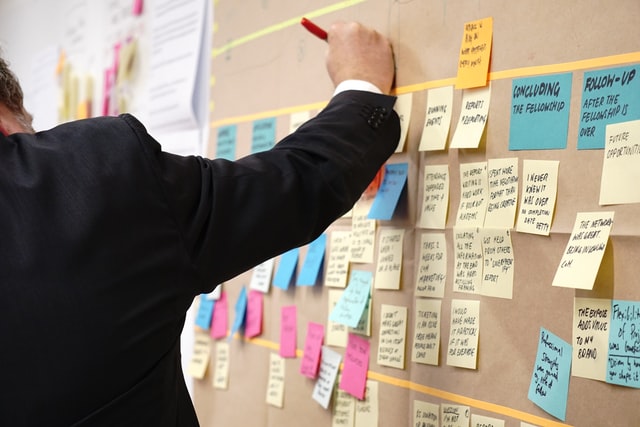
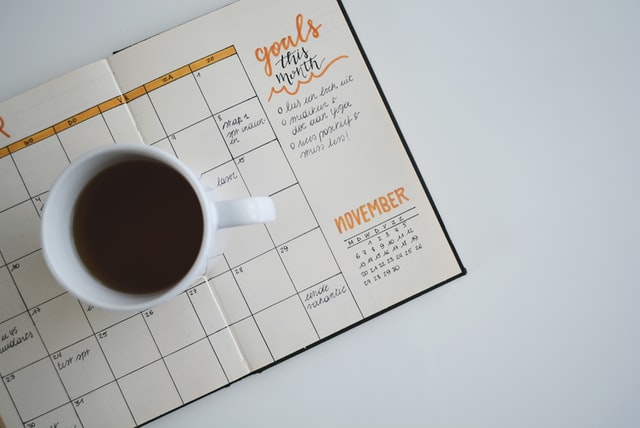

tise
